Irrespective of the child’s age, parents take responsibilities for their children. With children being taught by different teachers, one is faced with the reality that they are exposed to different teaching methods with no way to measure which teaching method is most-effective.
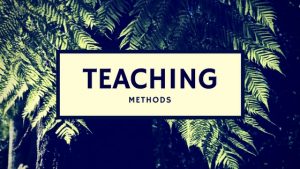
Ever wondered about the teaching method being used by the school and how effective they are to the learners? Parents and teachers should have a ready answer to the question of what the most-appropriate teaching method should be. Children differ and so do learning methods. While a child can grasp a concept faster through singing, the other might find singing a distraction to learning. Taking out time as a parent or teacher to figure out how a child learns can go a long way as there are several ways of making children learn; Let’s review some teaching methods.
Role Play
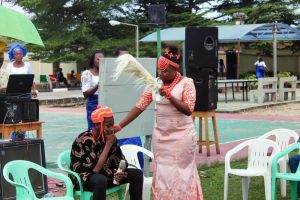
According to Ian Glover on TEL, Role-play is a technique that allows students to explore realistic situations by interacting with other people in a managed way in order to develop experience and trial different strategies in a supported environment. Depending on the intention of the activity, participants might be playing a role similar to their own (or their likely one in the future) or could play the opposite part of the conversation or interaction. Both options provide the possibility of significant learning, with the former allowing experience to be gained and the latter encouraging the student to develop an understanding of the situation from the ‘opposite’ point of view.
This method of teaching is mostly used during literature classes. It can also be adapted for in-class activities that don’t have to be focused on literature only. Such activities can be implemented to the storytelling lessons, history knowledge, and the likes of it.
Demonstration
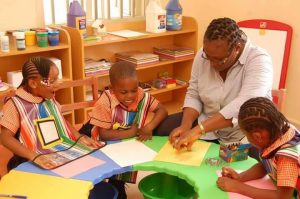
The demonstration method involves the teacher educating the class by showing rather than by merely explaining the concept to be learned. The teacher ensures learning by making the learners engaged in activities that involve the actual display of what is being taught.
According to Heather Coffey on LEARN NC the teacher, or some other expert on the topic being taught, performs the tasks step-by-step so that the learner will eventually be able to complete the same task independently when using the demonstration method in the classroom. The eventual goal is for learners to not only duplicate the task, but to recognize how to problem-solve when unexpected obstacles or problems arise. After performing the demonstration, the teacher’s role becomes supporting students in their attempts, providing guidance and feedback, and offering suggestions for alternative approaches.
Group Work
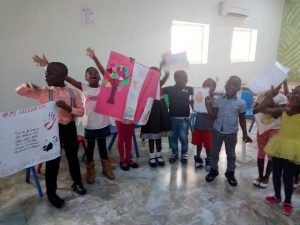
Group work usually involves groups of students formally working together on projects or assignment, though it may sometimes take place in formal classroom settings. When setting group work tasks, it can be useful to consider student availability, resources necessary, and expected outcomes. – TIC
Some students find learning easier when they are allowed to work in groups or pairs. Through these, students are able to help themselves and communicate their difficulties to their friends rather than the teachers.
Recitation
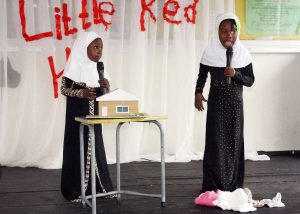
Recitation is a direct, teacher-centered approach in which the teacher asks specific short answer questions with a specific answer in mind. Incorrect answers are usually corrected by the teacher or by the class. A teacher may use probing questions in order to help the class come to the correct answer. The repetition of question and answer helps information retention. It is best used for the memorization of facts–base level knowledge. – Valeri, Adam & Racheal
This method of teaching is most suitable when it involves calculations, works of literature, etc. It aids the recall of names, words, formulas, processes, etc.
Field Trips
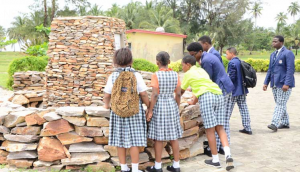
A field trip is a visit to a place outside the regular classroom which is designed to achieve certain objectives, which cannot be achieved as well by using other means. – Liga and Agen
Most, if not all students enjoy time outside school walls. A field trip is one of the best methods to teach students especially when it comes to geographical topics involving nature, history of a country, state or community. Students get to actually see the world from a whole new perspective and also get insights on the real nature of things.
Quizzes.
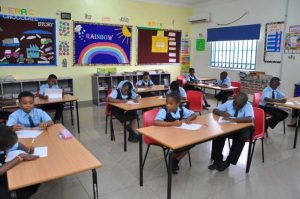
This method of teaching is every teacher best in that they enjoy giving quizzes to students to know how much they have learned and how much they as a teacher has been able to instill in them
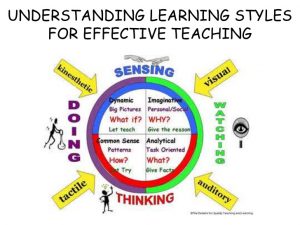
Children learn through several means. Teachers, as well as parents, need to identify the most appropriate learning methods/experience for the children. Finding an ideal school that cares about your child’s growth is just a click away, kindly visit Schoolscompass.com.ng and you are sure to get much more than you expected.
